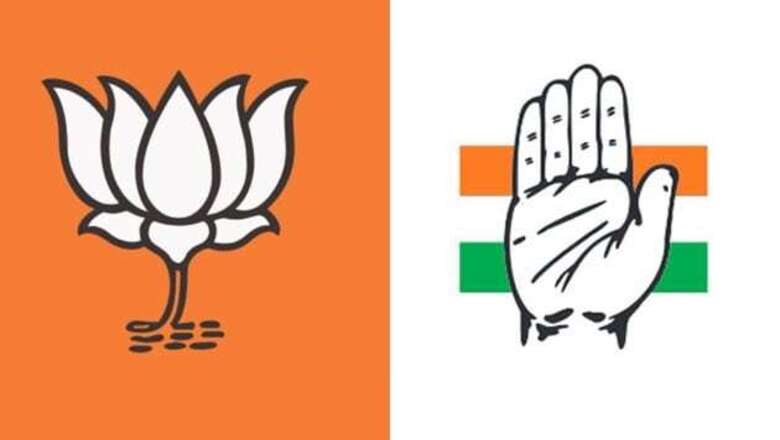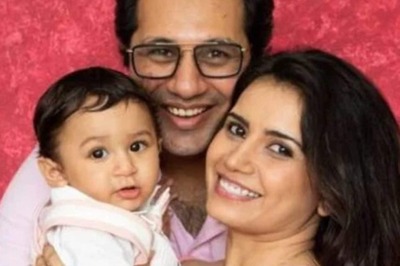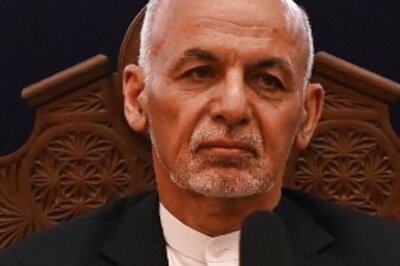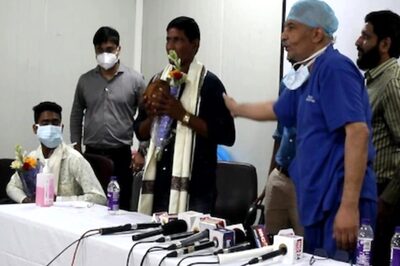
views
The Bharatiya Janata Party (BJP) released its manifesto, much to the displeasure of the Election Commission, on the first day of the 2014 Indian general elections (April 7).
Both the BJP and the Congress, which released its manifesto last month (March 26) have emphasized systemic reforms in their manifestos. After analysing the two manifestos, we short-listed certain issues that could affect the development trajectory of India.
So, what's common and what's not between the two manifestos of the two leading contenders for the top slot?
Both manifestos included a few new ideas like labour welfare, women's issues, youth affairs and neo-middle class problems. The main areas of focus for both parties remain the same like economy, rural and urban development, health, education and infrastructure growth.
Let us see how the two parties intend to tackle each of the issues:
Economy
Both parties seem to agree on two points - bringing about consensus among states and implementing the Goods and Services Tax (GST) - and bringing down the fiscal deficit to 3% of GDP. Another interesting aspect of the manifestos is that while both parties welcome foreign investment, the BJP intends to ban FDI in multi-brand retail.
Another important facet of the economy covered by the manifestos is the attention given to labour issues. While the Congress wants to continue with the biometric identification card, Aadhaar, for pension payments, BJP talks about fresh identity cards for unorganised labour. Both parties are in favour of health insurance for labour.
Health and education
While Congress promises to increase health expenditure to 3% of GDP and create over six million jobs in the sector by 2020, BJP focuses on sanitation and cleanliness to promote health.
In the case of education, BJP promises to spend 6% of GDP on education while Congress is focused on providing secondary education and removing bottlenecks. Here, the Congress seems to have a clearer view on policy.
For example, the Sarva Madhyamik Shiksha Abhiyan has been launched with a view to answer the increasing need for higher education. BJP has a more market-based approach towards providing education, focussing more on developing vocational skills of the students with Massive Open Online Courses (MOOC) and vocational skills training programmes.
Youth and women
Both the parties are firm on 33% reservation for women in assemblies. Congress talks about continuity in women-centred schemes for self-help groups and vocational training. It also focuses on security issues. BJP, however, is not clear on any issues about women's security but it has promised to extend state-based schemes like Ladli Lakshmi and Beti Bachao.
Both parties promise to ensure education and welfare of youth, and have pledged to promote sports opportunities and infrastructure.
Rural and urban development
While the Congress has focussed on its performance over the past 10 years on rural development and promises to continue the policies, BJP does not offer much in terms of schemes towards rural development. Coming to urban development, both parties have promised to develop 100 new cities though the Congress uses the word clusters.
Differences
While Congress has a balanced plan of growth by including both rural and urban development, BJP seems to be wooing urban voters more than the rural voters with a clear focus on developing 100 new cities.
BJP also emphasises infrastructure building. On governance reforms and corruption, Congress has a more concrete set of legislative actions while BJP's focus is on rationalising the processes of governance.
Conclusion
The Congress-led United Progressive Alliance (UPA) Government, has in the past 10 years, initiated a number of plans - RTI, MGNREGA and Aadhaar. The issue, however, is about weak implementation and concerns raised during the process. So, while the Congress manifesto for Elections 2014 is more concrete, in terms of policies, based on its experiences, the BJP has been incremental in policy initiatives, in the manifesto at least.####
(IndiaSpend is a non-profit organisation and India’s first data journalism initiative. Follow @IndiaSpend)



















Comments
0 comment